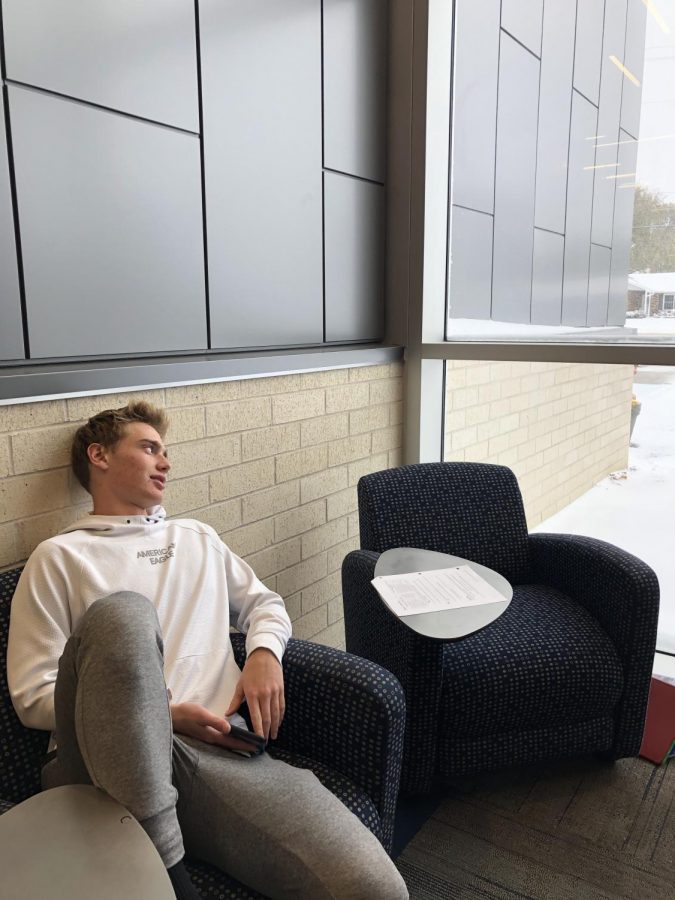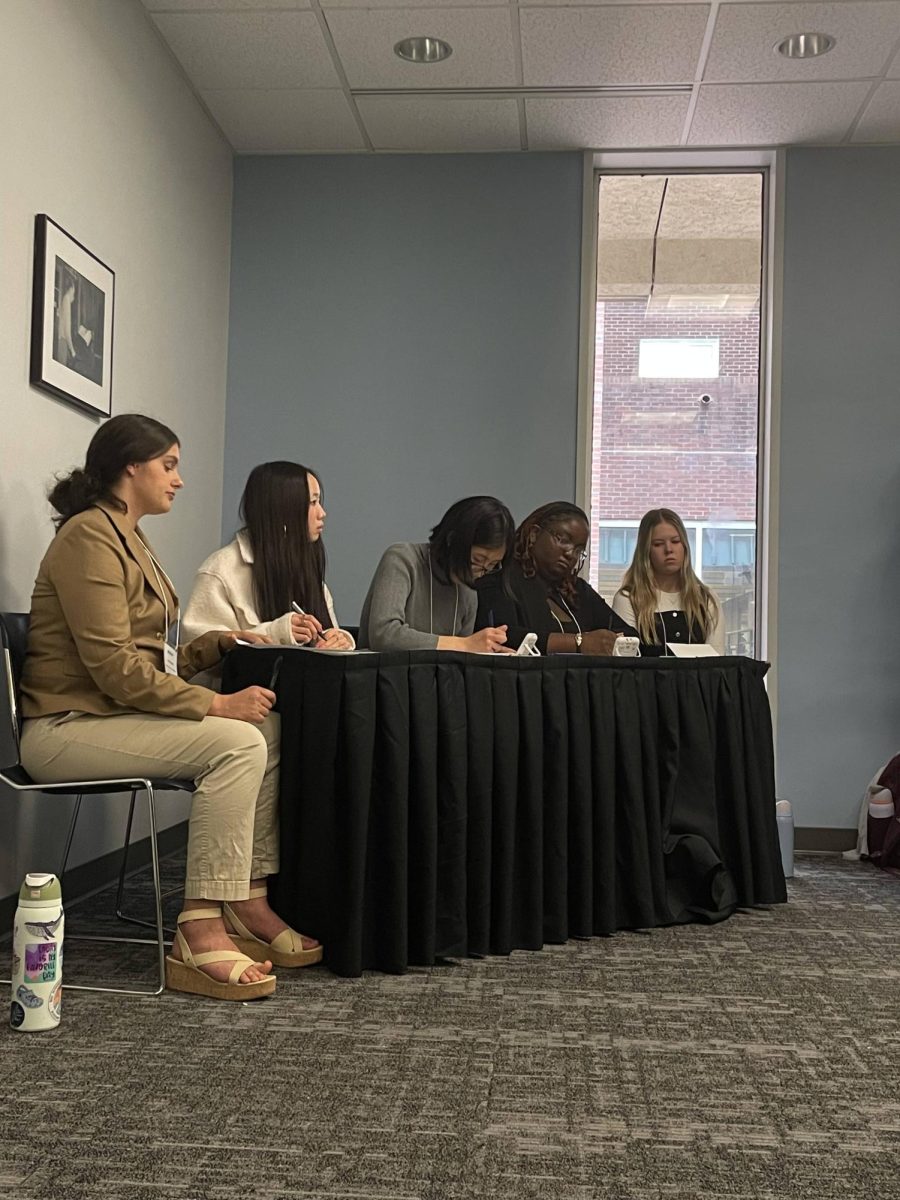The holiday season is known to be “the most wonderful time of the year”; however, for many it’s the exact opposite.
Seasonal Affective Disorder (SAD) is a type of seasonal depression that affects people of all ages. There are many factors that attribute to the disorder, such as weather, holidays and daylight savings.
According to Psychology Today, “ Low blood levels of vitamin D are linked to more signs of depression.” During the winter months, the sun is up for a significantly shorter time during the day than in summer months. There is a direct correlation between fewer hours of sunlight and feelings of depression. As vitamin D is produced by the sun, fewer hours of sun results in less exposure to Vitamin D. This can serve as an explanation as to why people feel the effects of SAD.
Senior Isabella Luebken suffers from seasonal depression. “I tend to see my therapist more in the winter than the summer,” she said. Visiting a therapist is one solution to help cope with SAD. Students at Pleasant Valley are able to talk to the mental health professional on staff during school hours if needed.
Although the holidays are supposed to make people feel joyful, sometimes there can be a reverse effect. Remembering or missing loved ones could be one of the many reasons a person feels depressed around the holidays; however, there are many ways to combat SAD without consulting anyone.
Mayo Clinic made a list of possible solutions to show how to combat seasonal depression; this list includes concepts such as, “Plan ahead” and “Don’t abandon healthy habits.”Following this list may result in a change, potentially helping a person through their seasonal depression.
Seasonal Affective Disorder can affect all kinds of people. Whether it is caused by family tension or changes in temperature, there are various ways for people to help themselves through the season, in a way that will allow them to celebrate the holidays ahead.









